UTP Cable: Unshielded Twisted Pair Cable Guide
Table of content
Introduction:
In the digital world of Technology, networking accessories have significantly impacted the world of Technology. Networking accessories have made the technology much easier than before. Since modern networking and the number of hardware enthusiasts are increasing, easy solutions are also being made for users worldwide. One of the unsung heroes of these networking accessories is the UTP cable, a type of Twisted Shield Cable which is one of the famous Network Accessories for Network Enthusiasts around the globe. Unshielded Twisted Pair cable (UTP) is the backbone of the Local Area Network (LAN). To learn more about this guide, keep reading it.
UTP Cable Meaning:
The meaning of UTP is Unshielded Twisted Pair Cable It can be seen in multiple users to be used. UTP is made with copper cabling. As a network cable, it transfers data reliably but can also be seen using traditional telephone lines. It is also primarily used in Local Area Networks (LAN). The 100 ohm of cable usually consists of the 1800 twisted cable wire and also the two twisted wires. It is surrounded by an outer jacket with no shield, and due to being unshielded, it is unprotected to use. The coaxial cable and Fiber optic cable are also seen as an alternative to the Unshielded Twisted pair cable. The meaning of Utp cable is quite cleared up here with the overview of the product and the basic specifications of the product.
Types of Unshielded Twisted Pair Cable (UTP):
UTP is categorized into different types of UTP cable, and some of them are as follows:
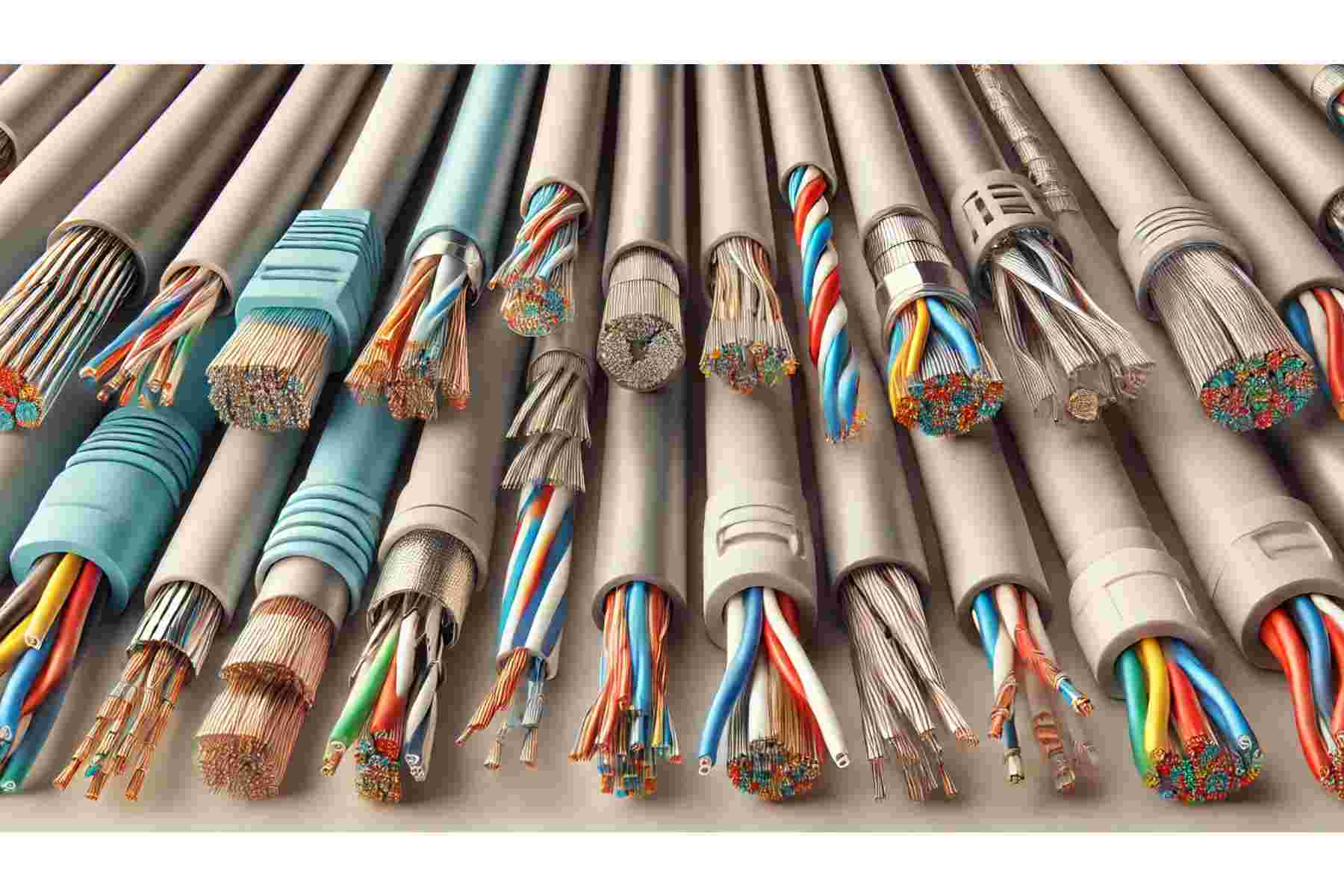
Category 1: The very first type of UTP is Category 1. It is one of the commonly used UTPs; it can be seen in telephone cabling and cannot be used in data transfers. It cannot transfer the generated computer traffic. It is best for transferring the telephonic data.
Category 2: Category 2 is also the most used cable after Category 1. However, this type of cable does not only transfer the Telephone networks like in the category 1 table. It can do both telephone network and data transfer. But its transfer speed is not more than 4mbps. So, for the people who are looking for data transfer but with less transfer power this type of UTP is good to go.
Category 3: Category 3 cable cannot be seen to be used mostly around the technology. It is one of the rarely used cable connections. This type of UTP cable can transfer more than four 4mbps of data, mostly to 10 Mbps of data that can be seen transferred through this cable.
Category 4: Category 4 is a type of UTP cable among the users of hardware enthusiasts. That being said, Category 4 is a cable that comprises eight copper wires. Its transferring speed is much faster than the other types of categories. It can transfer data up to 16 Mbps around 100 meters.
Category 5 and 5e: Category 5 is the Ethernet-based LAN. It consists of almost 4 pairs of twisted cables in the copper wire. It has more twists than the other categories. It can transfer data up to 100 Mbps more than the others. While for Category 5e It is also an Ethernet-based LAN but it can transfer the data from 100 Gbps rather than 100 Mbps.
Category 6: The last type of this categories which works for the Gigabit Ethernet It consisted of four twisted pairs. It supports almost 1 Gbps to 10 Gbps.
Working of Unshielded Twisted Pair (UTP):
UTP plays a vital role in transferring data from the telephonic Network to the Computer Network. It consists of four unshielded twisted pair cables. The two single pairs of cables are twisted around one another. The UTP cables came in different categories according to the various uses of their data and how much to 100 meters. It works to reduce the cross-talk and electromagnetic Interference. The twisted pair cable is composed of different colors, and each color works differently. The most common network user is 5e, and its transferring power is far greater than that of other cables.
As the transfer power of this cable is quite fast, it can transfer data quickly with flexibility and reliability. Most users choose these cables because of their high transfer rate and because they are affordable compared to other devices.
Shielded vs Unshielded Twisted Pair Cable (UTP):
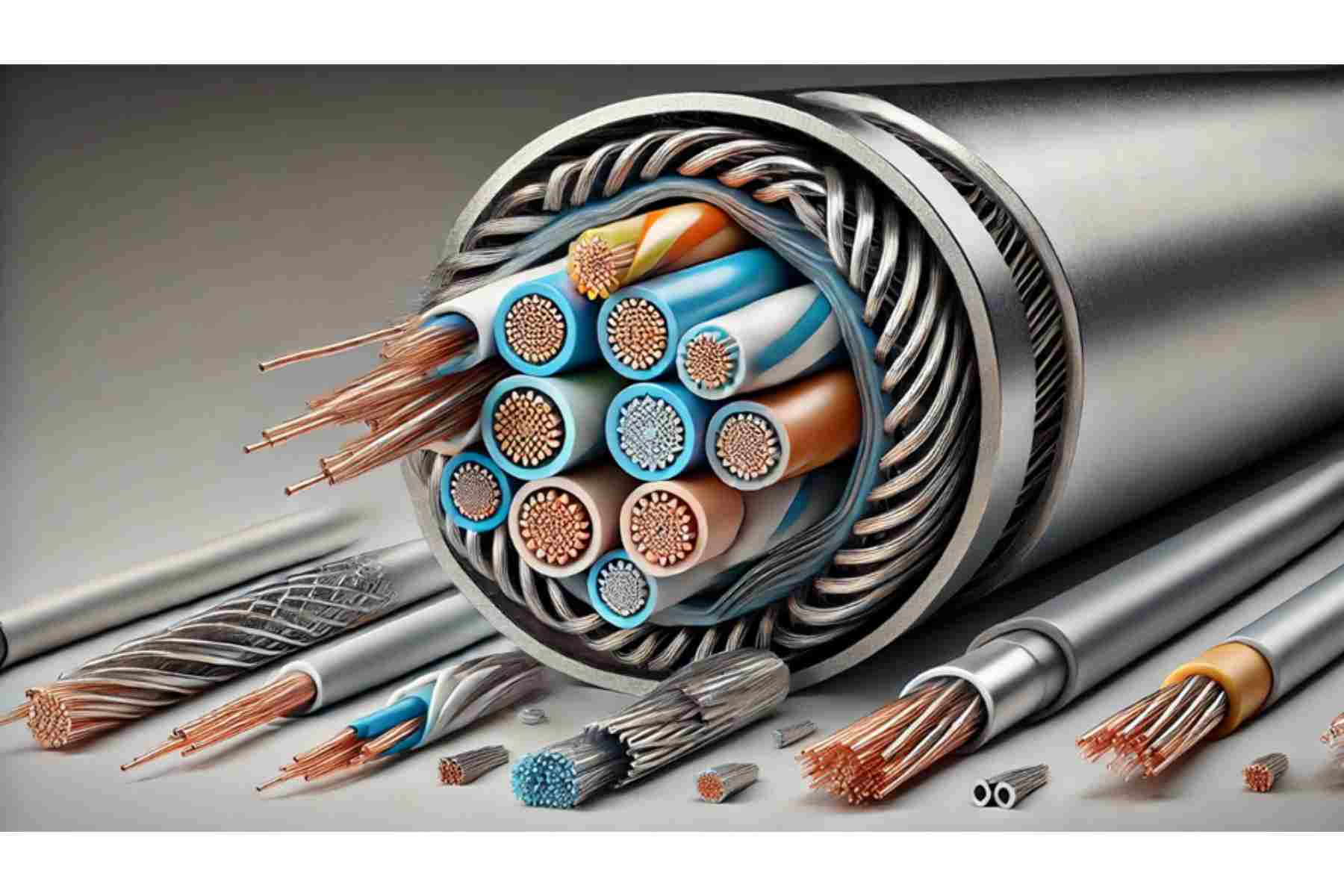
The Unshielded Twisted Pair cable has no metallic shielding above the copper wire, which is said to be the unshielded copper wire. It can lower high to high transfer rates depending on their usage. Besides being so affordable, it can transfer both the telephone network and the computer network. Due to UTP being surrounded by a lot of twisted wires, the data is at a balanced rate. From lower EMI to the higher IBM when connected to Ethernet.
As for the shielded twisted pair cable, it is shielded while providing the functions and transferring data. It can transfer the data from low voltage to high voltage. Because it is shielded, it transfers the protected data. With the Electromagnetic Interference as about UTP, it is quite affordable to install the shielded twisted pair cable is a bit expensive to install.
Conclusion:
In this blog, we have covered almost all important aspects of an unshielded twisted pair cable. From overview to the working of unshielded twisted pair cable, and from their types to comparison, we have given in-depth information on the topic. Now, you can reach us to read further topics related to networking, from DisplayPort cable to SATA Cable, and from gaming and office automation to MB vs GB. Hit us up any time at Buyrouterswitch.
Frequently Asked Questions:
What is UTP cable?
One type of copper wire that is frequently used for networking is called UTP cable. To lessen interference and crosstalk, UTP cables are made up of pairs of insulated wires that are twisted together. They are frequently used to transport data signals in Ethernet networks.
Which UTP is most commonly used?
UTP-CAT5e is the most commonly used unshielded twisted pair cable that has completely replaced old coaxial cable that wasn’t capable of tackling the growing need for faster and more reliable networks.
What is the difference between unshielded and shielded twisted pairs?
In contrast to STP (Shielded Twisted Pair), UTP (Unshielded Twisted Pair) cables have their wires twisted together to minimize interference and crosstalk. By contrast, a foil or thin mesh shield shields a twisted pair of cables known as a shielded twisted pair, or STP, from electromagnetic interference.




 Catalog
Catalog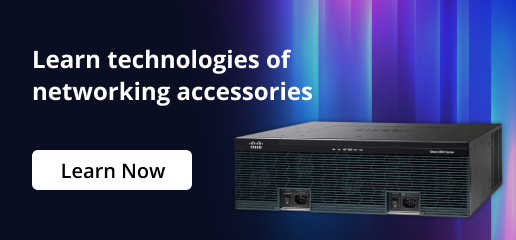

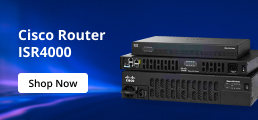
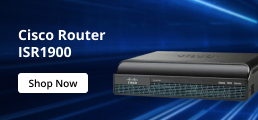
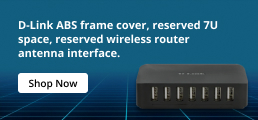
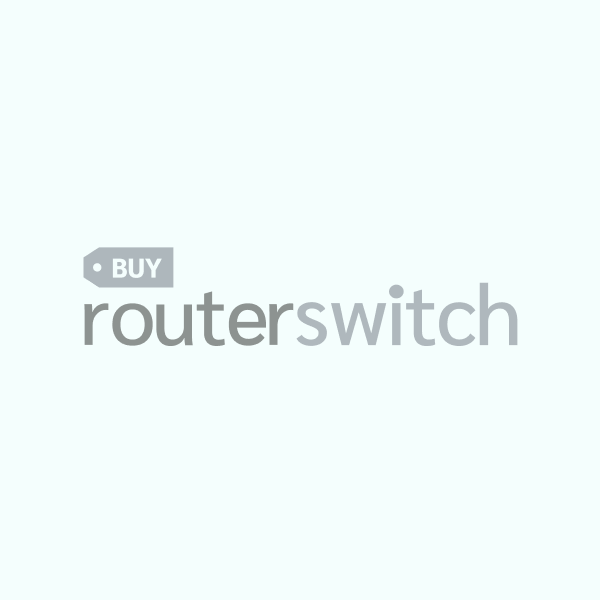
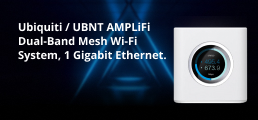

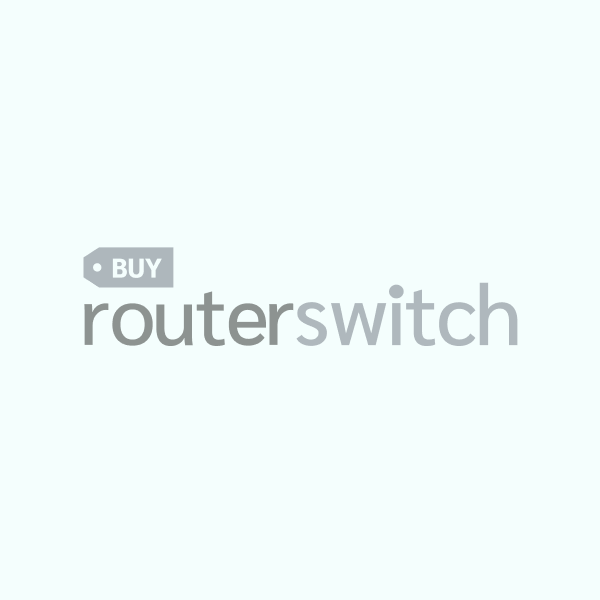

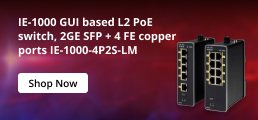
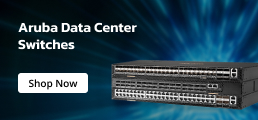




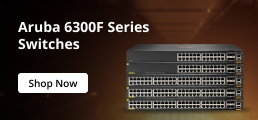






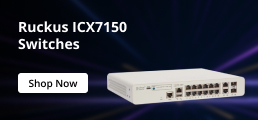





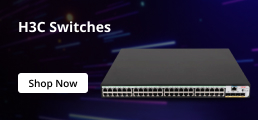
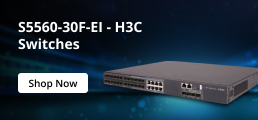


















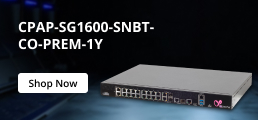

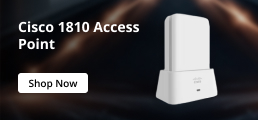









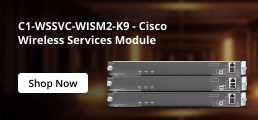
















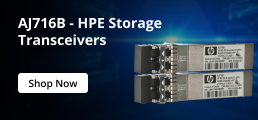










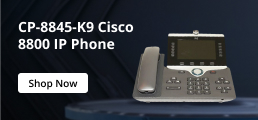





















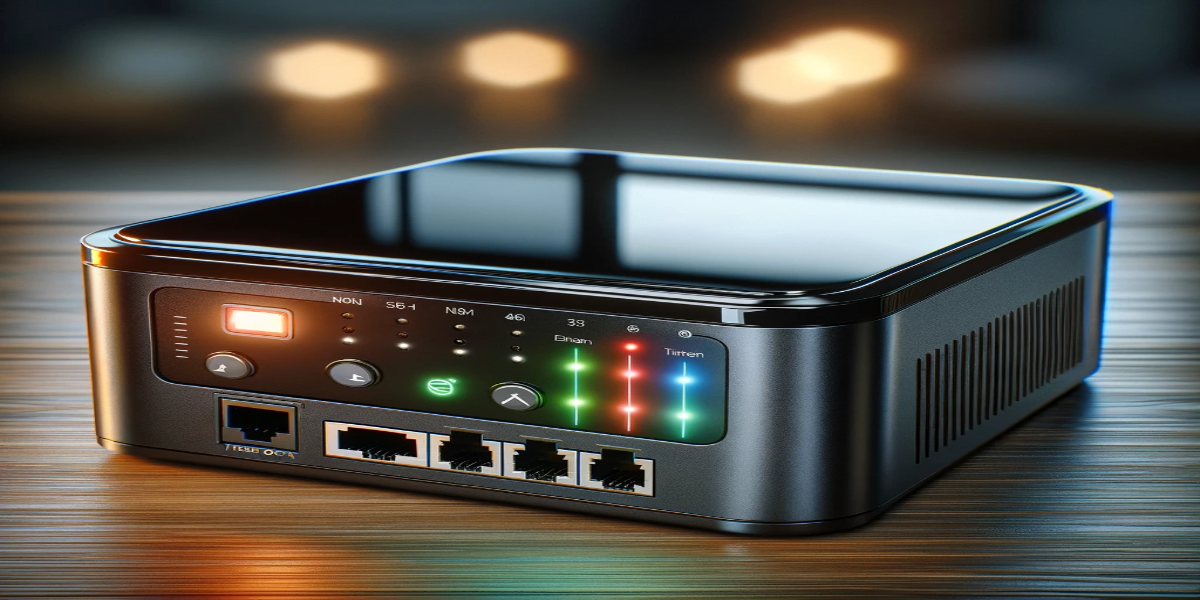
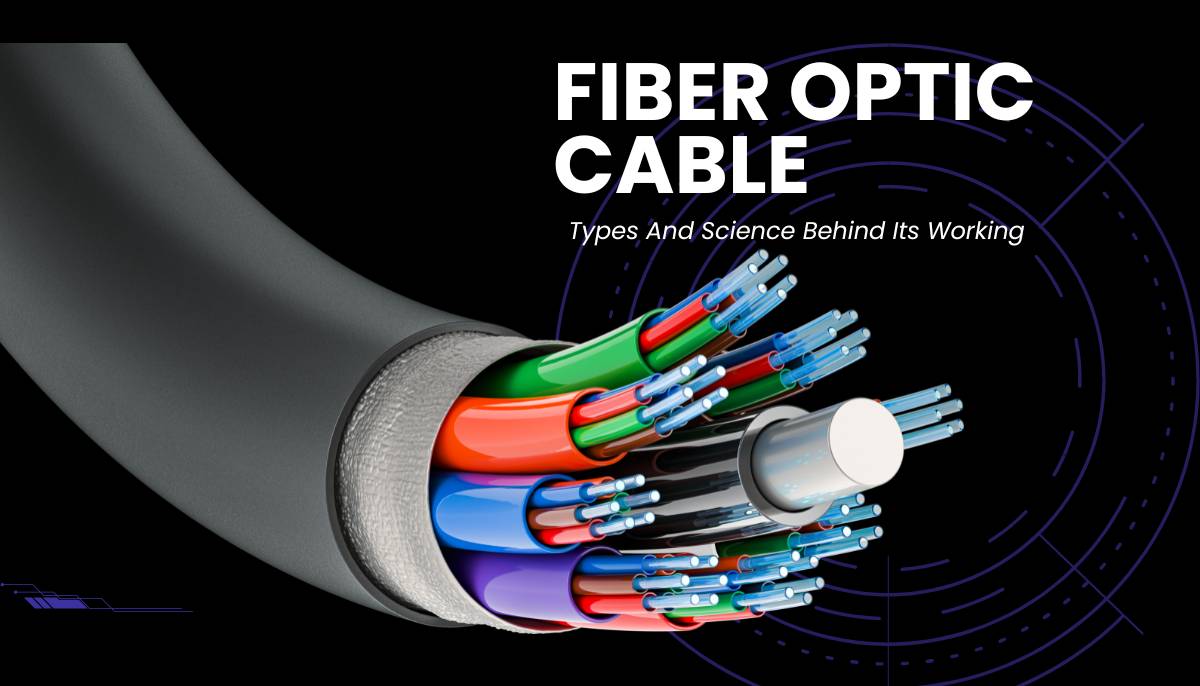
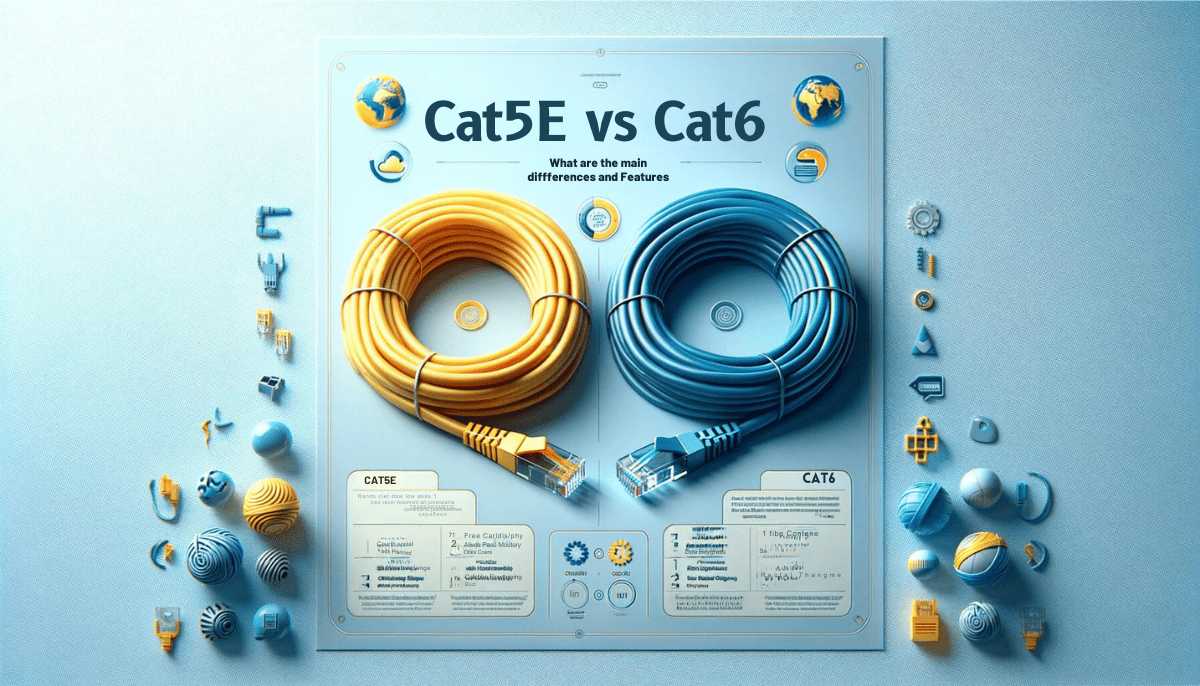




 (800) 870-9487
(800) 870-9487